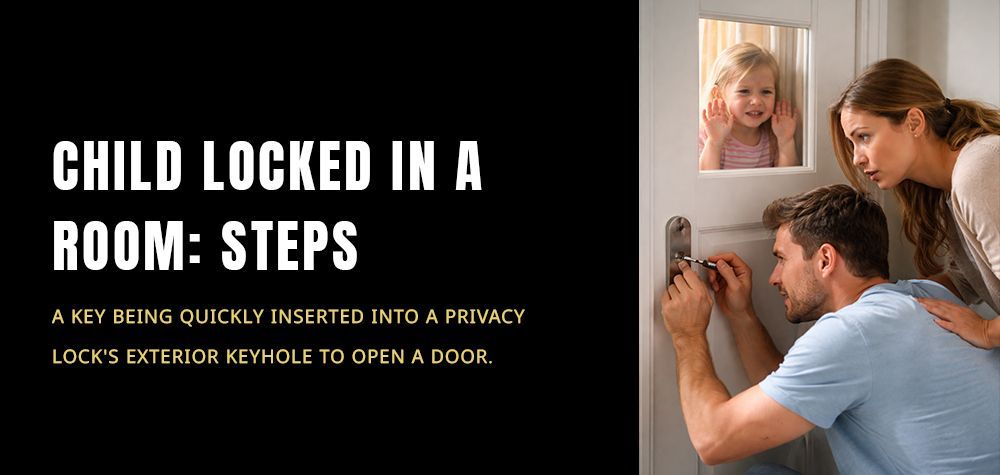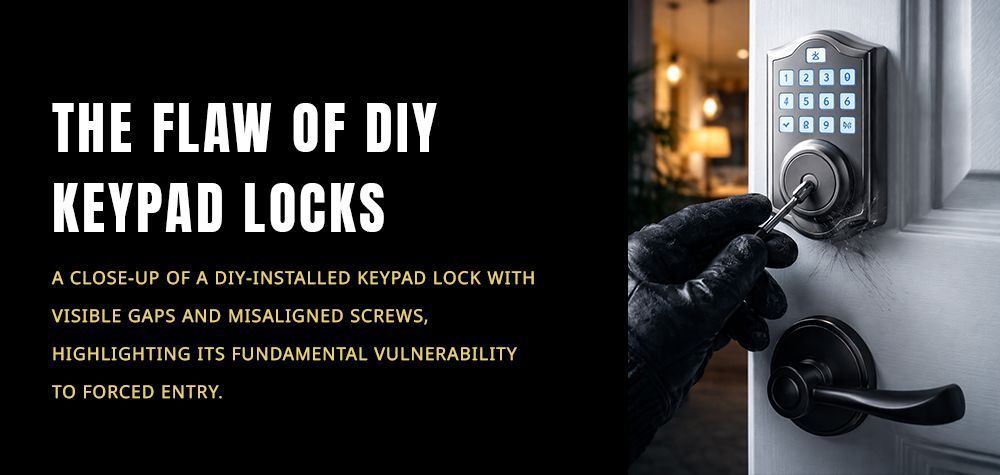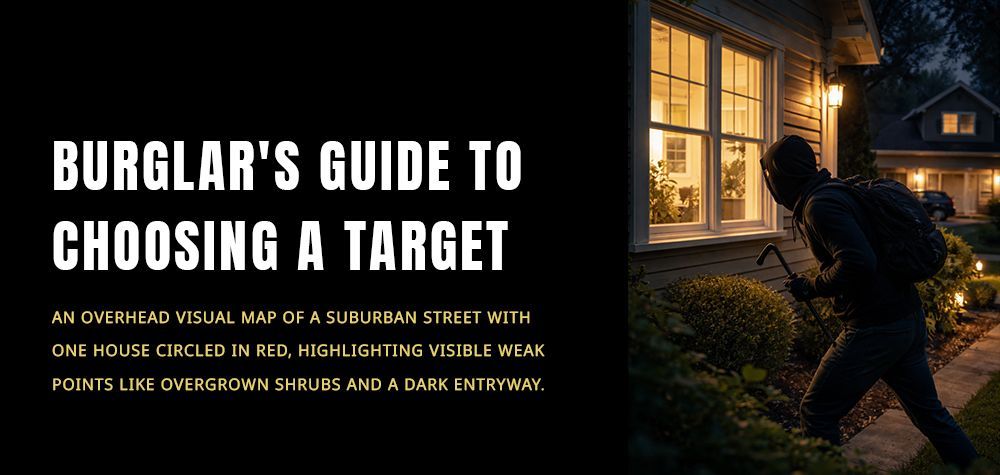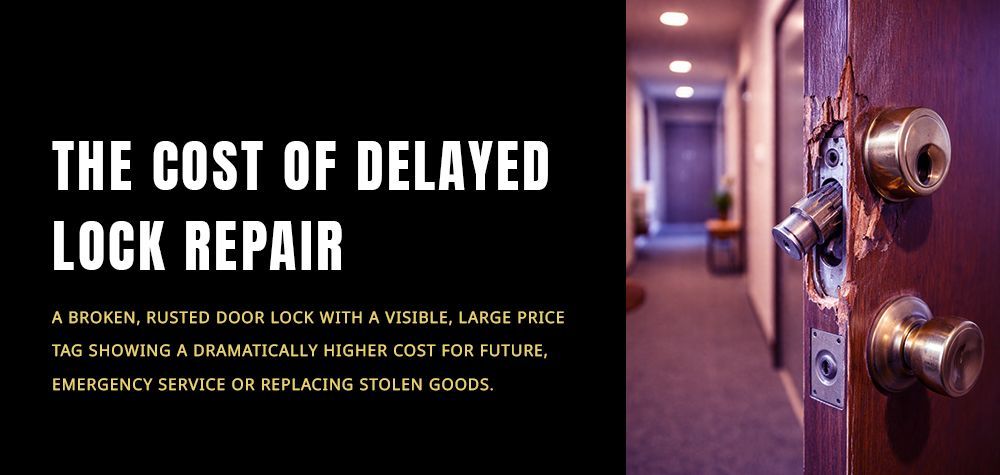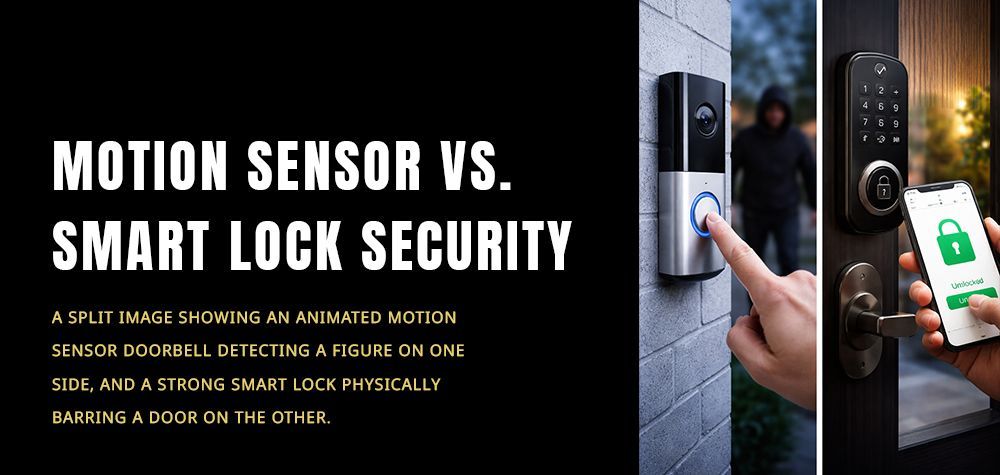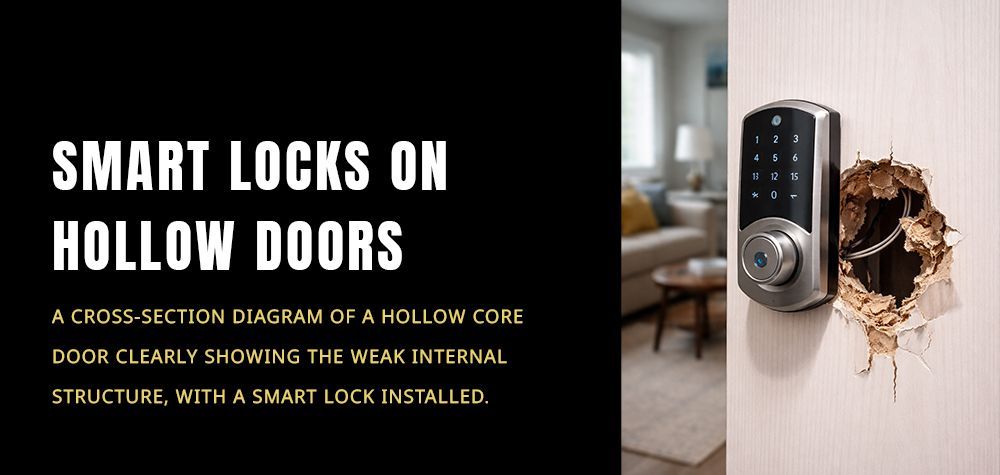How to Choose the Right Access Control System for Your Business
In today’s business world, security is more than just locking the front door at night. With sensitive data, expensive equipment, and employee safety at stake, having the right
is critical. Whether you’re running a small office, a retail shop, or a large corporate facility, the right system can help you control who enters your building, when they can enter, and even which areas they can access.
But with so many options available, how do you choose the right one? This guide will walk you through the process step-by-step so you can make a confident, informed decision.
"Can a Locksmith Repair Electronic Locks in Commercial Buildings?"
Understanding What Access Control Really Means
Access control is more than just a keypad or keycard reader. It’s a complete security strategy designed to regulate entry to your business premises. Modern systems can track entry activity, integrate with security cameras, and even send real-time alerts.
The right system for you will depend on your business size, industry regulations, and day-to-day security needs.
Step 1: Identify Your Security Needs
Before you start shopping, take time to assess your security vulnerabilities. Ask yourself:
- Do I need to control access to the entire building or just certain rooms?
- How many employees need access?
- Do I need 24/7 monitoring or just during business hours?
- Are there compliance requirements in my industry, such as HIPAA or PCI DSS?
The answers will help determine whether you need a basic system or a more advanced, integrated solution.
Step 2: Know the Different Types of Access Control Systems
Familiarizing yourself with the main system types will make it easier to choose.
Keypad Entry Systems
Employees enter a PIN code to gain access. Affordable and easy to use, but codes can be shared or forgotten.
Keycard or Fob Systems
Users tap a card or fob on a reader. Cards can be programmed or revoked instantly, making them more secure than traditional keys.
Biometric Systems
Fingerprint, facial recognition, or iris scanning for maximum security. Hard to duplicate but can be costly.
Mobile Access Systems
Use smartphones as keys. Convenient for tech-savvy workplaces and can integrate with other business apps.
Cloud-Based Systems
Allow you to manage access remotely from any device. Ideal for businesses with multiple locations or flexible work environments.
Step 3: Consider Integration With Other Security Tools
Modern access control can connect with:
- CCTV cameras for visual verification
- Alarm systems to trigger alerts on unauthorized entry
- Visitor management systems to track guests
- Time and attendance software for HR purposes
Integration ensures your system isn’t just secure—it’s also efficient.
Step 4: Think About Scalability
A system that works for you now should also work as your business grows. Look for solutions that allow you to:
- Add more doors and users easily
- Upgrade to newer technology without starting from scratch
- Adjust access levels as your staff changes
Step 5: Budget Wisely
While cost shouldn’t be the only factor, it’s important to understand all expenses involved:
- Upfront hardware and installation costs
- Monthly software or monitoring fees
- Maintenance and upgrades
Remember, cheaper systems might save money today but could cost more in the long run if they need frequent repairs or lack important features.
"How to Audit Your Office Lock System for Security Flaws"
Step 6: Check for User-Friendliness
If your employees find the system complicated, they won’t use it effectively. Look for a system with:
- An intuitive interface
- Quick onboarding for new users
- Responsive customer support
Step 7: Work With a Professional Installer
Even the best access control system won’t protect your business if it’s poorly installed. A professional locksmith or security company can:
- Recommend the best system for your needs
- Install it correctly to avoid blind spots or weak points
- Provide ongoing maintenance and support
Tips for Making the Right Choice
- Always ask for a demo before purchasing.
- Check reviews and case studies from businesses similar to yours.
- Ensure the system complies with industry-specific regulations.
- Plan for future upgrades rather than just current needs.
Final Thoughts
Choosing the right access control system is about finding the perfect balance between security, convenience, and cost-effectiveness. By understanding your needs, exploring your options, and consulting with professionals, you can ensure your business is protected—both now and in the future.
Security isn’t just a feature. It’s an investment in your company’s safety, reputation, and long-term success.
Call Us Any Time!


